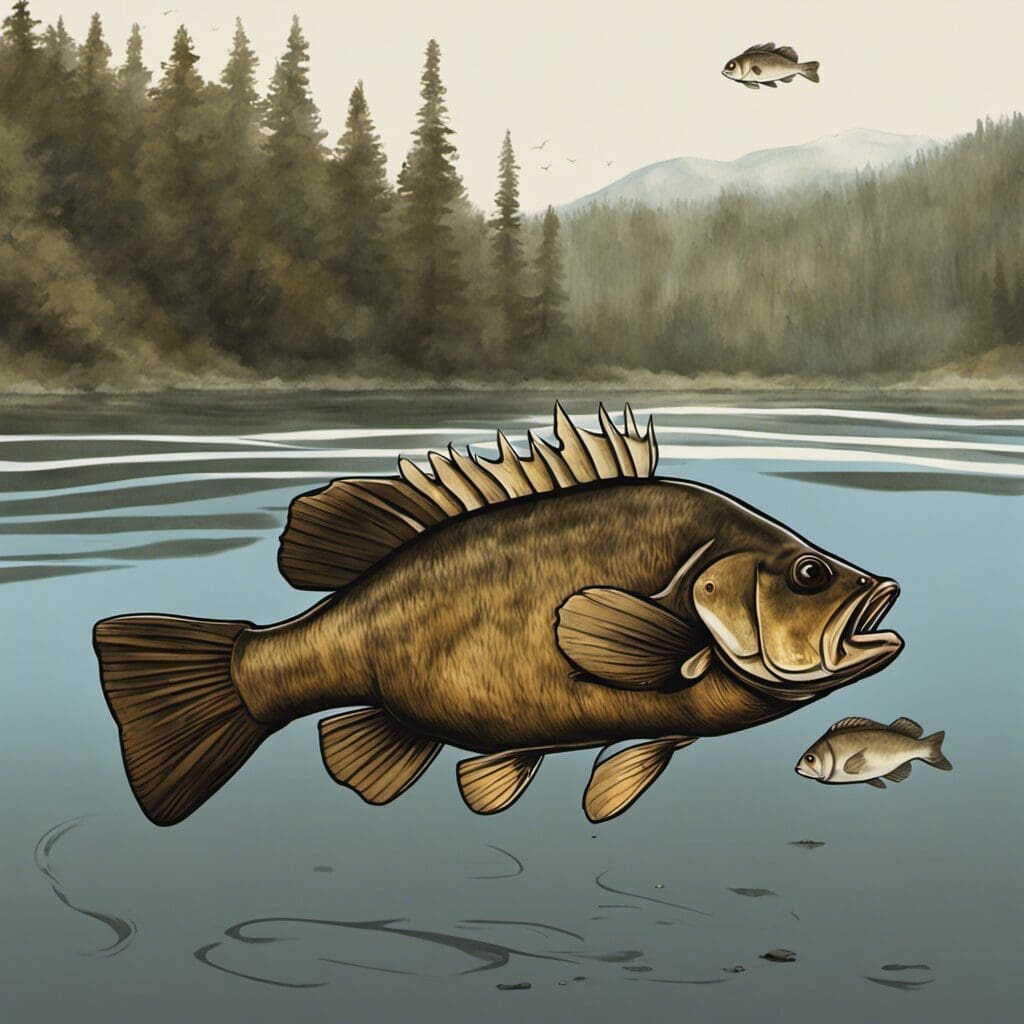Introduction
The Smallmouth Buffalo (Ictiobus bubalus), often known merely as the “Buffalo,” is a member of the Catostomidae family.
Conservation Status
Ictiobus bubalus is currently classified as “Least Concern” on the International Union for Conservation of Nature (IUCN) Red List. This classification means the species currently does not face a threat of extinction. Conservation efforts focus on maintaining its extensive population and restoring its natural habitats to ensure its continued thriving.
Statistics
| Stat | Average | Range |
|---|---|---|
| Length | 40-70 cm | 20-90 cm |
| Weight | 2-5 kg | 1-15 kg |
| Average Lifespan | 18 years | — |
Distribution
The Smallmouth Buffalo is found mainly in North America. It has a vast geographical distribution, from Canada to Mexico, and as far east as the Mississippi River Basin. Migration patterns appear to be fluid, with many moving in response to temperature and spawning needs.
Habitats
The Smallmouth Buffalo favors freshwater habitats like lakes and rivers. They tend to inhabit waters in the 1-4 meter depth range and can tolerate a wide temperature range, usually between 10°C-30°C.
When and Where to See
They most often display seasonal movements in spring and early summer. The best times to observe them are during early morning and late afternoon.
Best Fishing Locations
The Smallmouth Buffalo can be found in numerous locations across North America, including:
1. The Mississippi River
2. Lake Erie
3. Lake Winnebago
4. Arkansas River
In general, try to seek out slow, deep sections of rivers, large creeks, or calm sections of lakes where the buffalo may feed.
How to Catch
For bait, doughballs or corn work well, although they can also be caught on a fly. Techniques range from bottom fishing to trolling, with spring to early summer being the best times to fish.
Identification Guide
Smallmouth Buffalo are typically dark brown to olive green on the back and sides. They have small heads and a large hump-backed shape. It is often confused with the Bigmouth Buffalo although the Smallmouth Buffalo has a distinctive triangular dorsal fin and a subterminal mouth.
Culinary
Buffalo Fish has tender white flesh, with a flavor similar to carp. It is loaded with protein and Omega-3 fatty acids but has a lot of bones, which can make it challenging to eat. There are countless recipes online ranging from simple grilling to Southern-style Buffalo ribs.
Additional Information
Smallmouth Buffalo feed mainly on benthic organisms, consuming both plant and animal matter. Sexual maturity is reached at 2-3 years, and spawning takes place mostly in the spring. The biggest threats to Smallmouth Buffalo are habitat degradation and water pollution.
In some North American cultures, the Smallmouth Buffalo is valued for its strength and endurance, symbolizing resilience and survival.
References and Further Reading
For further information, consider:
- natureServe Explorer: Ictiobus bubalus
- FishBase: Ictiobus bubalus
- Age and Growth of Smallmouth Buffalo

